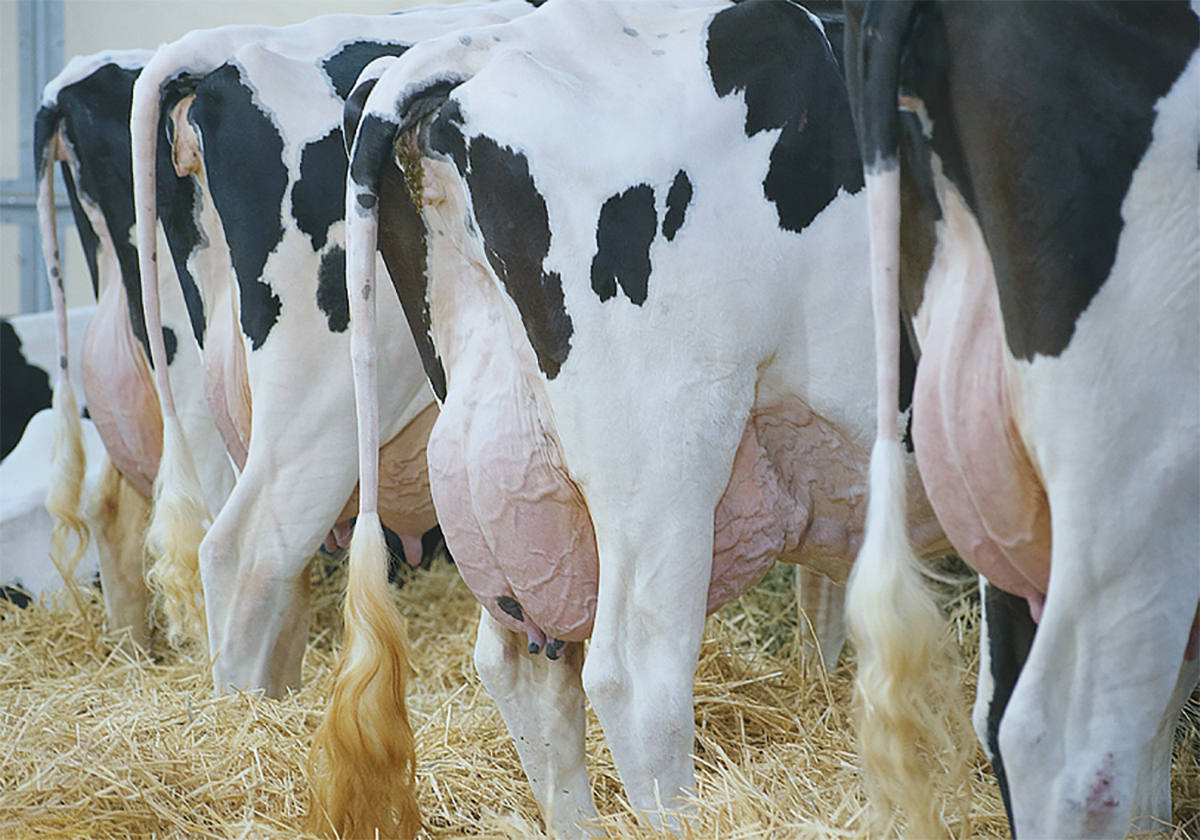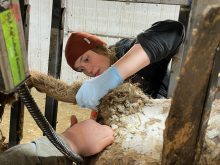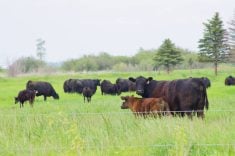The other day I saw supernumerary teats in the middle or intercalary position — between the normal teats on an udder — on a bred heifer close to calving and it got me thinking.
Are these of much significance and what have I done with them in practice? Are there many negatives or can we just leave them?
I googled the topic and a 1959 article came up. It had lots of data, and it doesn’t look like much has changed on the matter in the last 60 to 70 years.
Read Also

Canadian Food Inspection Agency slammed for handling of bovine tuberculosis case
The federal government leans heavily on producers to “take one for the team” and risk their livelihoods without any reassurance of support.
These teats come under consideration when discovered on show cattle, when they are considered a blemish that lowers their placing.
Supernumerary teats can generally be easily removed using local anesthetic and a surgical blade after being clamped. If there is a larger wound, I would suture it.
They are commonly rudimentary and located behind or caudal to the four normal teats in heifers. The extra teats may be removed on young dairy heifers near birth but would never be touched in beef cattle.
The old numbers showed that up to 40 per cent of cattle have one or two caudal supernumerary teats. The ones between the normal teats occur about two per cent of the time.
If removing the latter type, you must be absolutely sure you remove the correct one. Even rarer is a webbed teat, and depending on the skill of the surgeon, the web fingers may be removed and the proper teat kept intact.
One sometimes needs to go by the rule of “first, do no harm.” If it’s too difficult or complex, these teats may be left alone to see how things turn out.
Supernumerary teats will sometimes produce milk but are then more prone to mastitis because they aren’t often sucked by the calf. If removal is decided, it should be done before calving or after the animal dries up.
If the teats are large and can be sucked easily, and then develop infection, it’s best to remove them. I have never had issues in removing them.
Their presence may be due to a potential recessive gene, which would make sense, but we never really watch for them and incidence has not increased over the years.
I wonder if we have just found another use for the lidocaine impregnated castration rings. They could be used to remove supernumerary teats but my guess is they would not constrict enough, so surgical removal is best.
Occasionally we see inflammation from infection in the nipples on bulls. These are right around the scrotum, where inflammation should be avoided. Generally, one can strip out the infection and it will go away. I believe these stem from ascending infection, possibly from calves sucking on each other at a young age.
Nose flaps on mature animals can discourage those that suck on others or self-suck. Such cows are eventually culled but I know some producers who have just left the nose flaps on permanently because once sucking behavior is ingrained, the cows will go back to it if the flaps are removed.
For years, dairy producers have removed supernumerary teats because milking machines, including robotic milkers, get confused and the last thing a dairy needs is a five-quartered cow.
They handle these on dairy heifer calves when very young using NSAIDs and lidocaine if necessary.
If purebred beef breeders notice a large supernumerary teat, the same thing could be done but that would likely be a rare event because they’d be noticed after breeding, when udder and teat development is mature.
Suffice it to say that if noticeable, the teats can be easily removed as long as the heifer is not too close to calving and the udder is not filling.
In the latter situation, the cut would be too big and more bleeding would occur. It’s better to wait until the cow has dried up after weaning. Most large animal veterinarians would be able to do the job.
Roy Lewis works as a veterinarian in Alberta.















